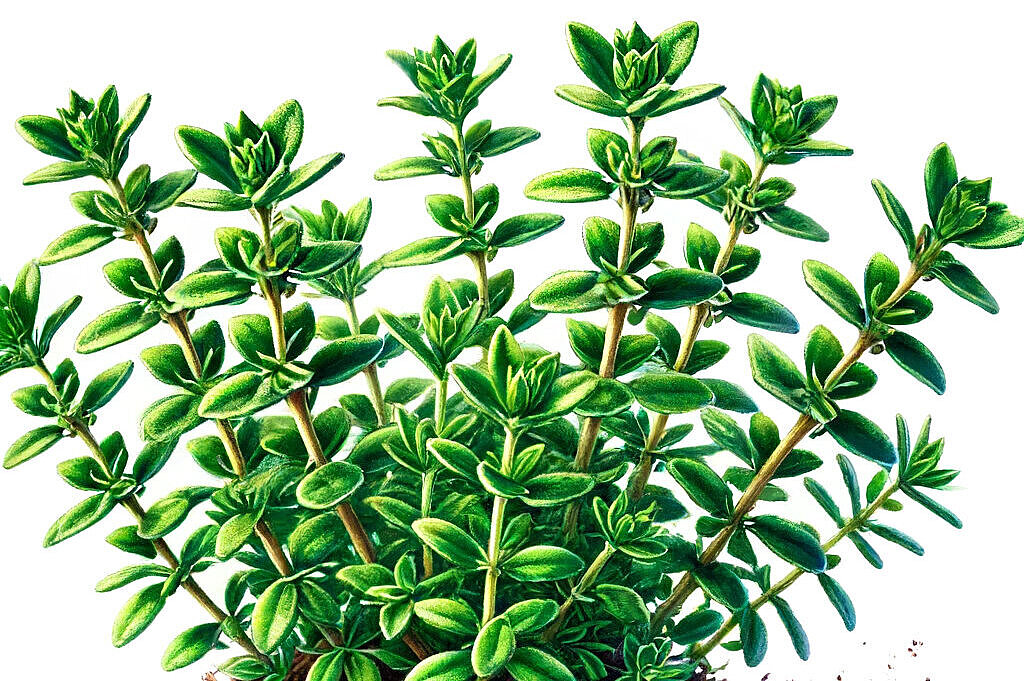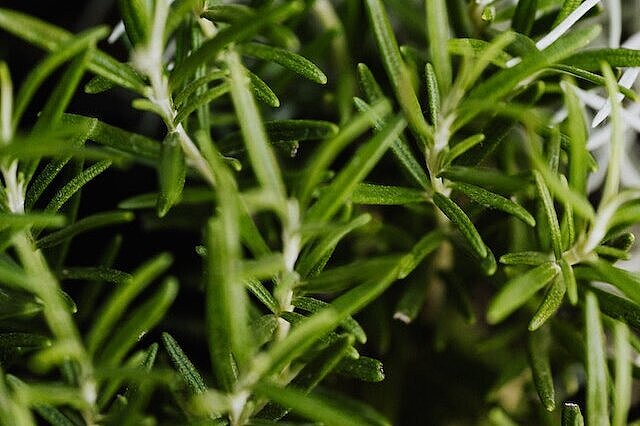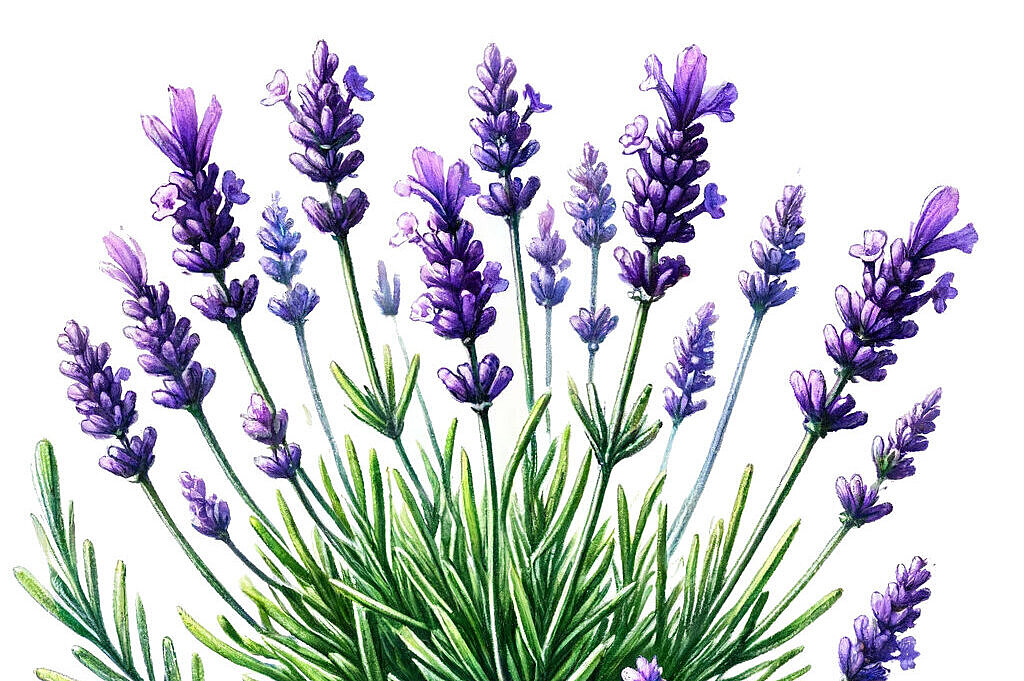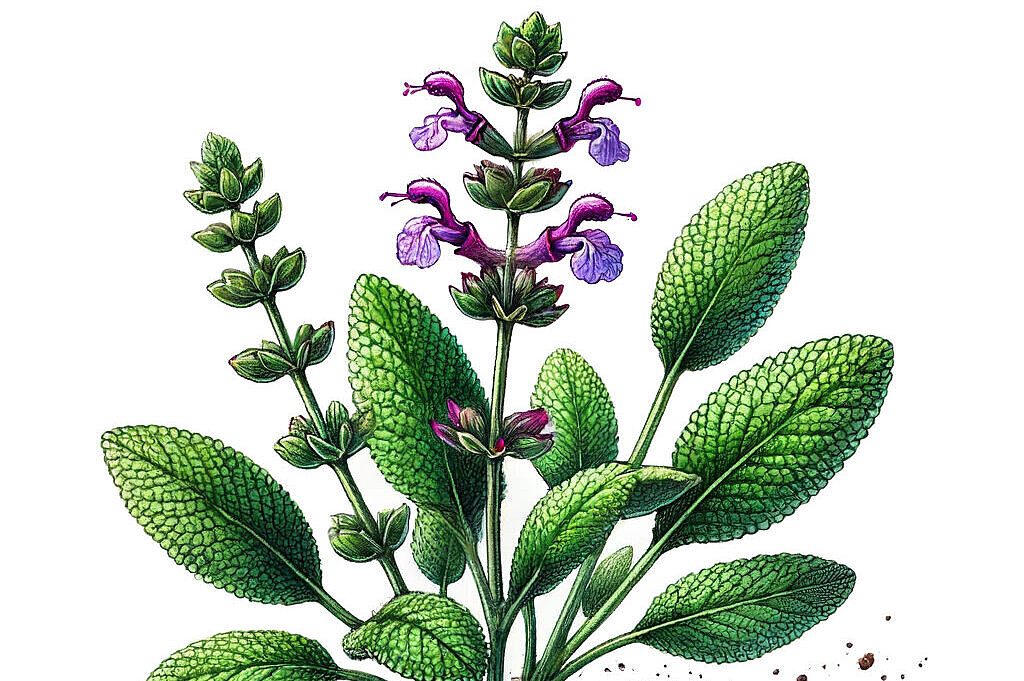Heather herbs

Heather, with its characteristic purple blossom, covers vast European landscapes and adorns many gardens with its robust and undemanding nature. But what is often considered valuable in human herbal medicine can have other implications for our four-legged friends. In this article, we explore the world of heather from a canine health perspective. We explore what heather herbs are, what potential benefits they might offer and what risks they pose, to conclude with a comprehensive assessment of their suitability for dogs.
What are heathers?
Heathers (Calluna vulgaris), often referred to simply as heather, are evergreen shrubs known for their striking purple flowers that transform late summer and autumn landscapes into a sea of color. These plants are widespread in Europe and thrive on acidic soils in open heath landscapes. Traditionally, heather has been used in folk medicine to treat a variety of ailments, from inflammation and infection to digestive problems.
Potential benefits of heather for dogs
Natural anti-inflammatory
Heather herbs contain anti-inflammatory compounds that can potentially help relieve skin irritation and joint discomfort in dogs. Used externally, for example in the form of infusions or tinctures, they could help treat minor wounds or eczema.
Antimicrobial properties
The substances found in heather may have antimicrobial effects that help fight bacteria and fungi. This could be particularly beneficial for skin and coat care.
Supporting digestion
In traditional use, heather has often been used to aid digestion. In moderate amounts, heather tea could help to alleviate mild indigestion in dogs.
Possible disadvantages and risks
Toxicity
Although heather is considered safe for humans in certain applications, its tolerance in dogs can vary. Some parts of the plant can be toxic to dogs, especially if consumed in large quantities. Symptoms of poisoning may include vomiting, diarrhea and lethargy.
Allergic reactions
As with any plant, there is a risk of allergic reactions to heather. Dogs with a tendency to allergies may be sensitive to the plant or its pollen, which can cause skin rashes or respiratory symptoms.
Interactions with medications
Heather may interact with certain medications administered to a dog. It is important to seek the advice of a veterinarian before using heather as a supplement or treatment, especially if the dog is already on medication.
Heather herbs offer a fascinating combination of beauty and traditional healing powers, but their suitability for dogs must be carefully considered. The potential benefits, such as anti-inflammatory and antimicrobial effects, are promising, but the risks of toxicity or allergic reactions must not be ignored. Dog owners should exercise caution when using heather around their dogs and consider the plant as a decorative element rather than a dietary supplement.
If you notice any signs of hypersensitivity or poisoning in your dog, you should see your vet immediately. We are not a substitute for a vet, but we try to be as accurate as possible. Every dog reacts differently and we recommend you get a second opinion or consult your vet if in doubt.
Stay healthy and take good care of your four-legged friend!😊
Similar to Heather herbs
Thyme belongs to the labiate family and grows mainly in the Mediterranean region. It has small green leaves and pink or white flowers that attract many bees. Thyme contains essential oils such as...
Rosemary is a spice plant that is widely used in Mediterranean cuisine. The plant has small, needle-shaped leaves and an intense, woody taste and smell. Rosemary is often used as a spice in meat and...
Lavender is a plant genus that belongs to the labiate family. There are around 30 different types of lavender, which differ in appearance, fragrance and ingredients. The best-known species is true...
Sage (Salvia officinalis) is a plant from the labiate family. It is native to Europe and the Mediterranean region and has been used in cooking and as a medicinal plant since ancient times. Sage is a...



